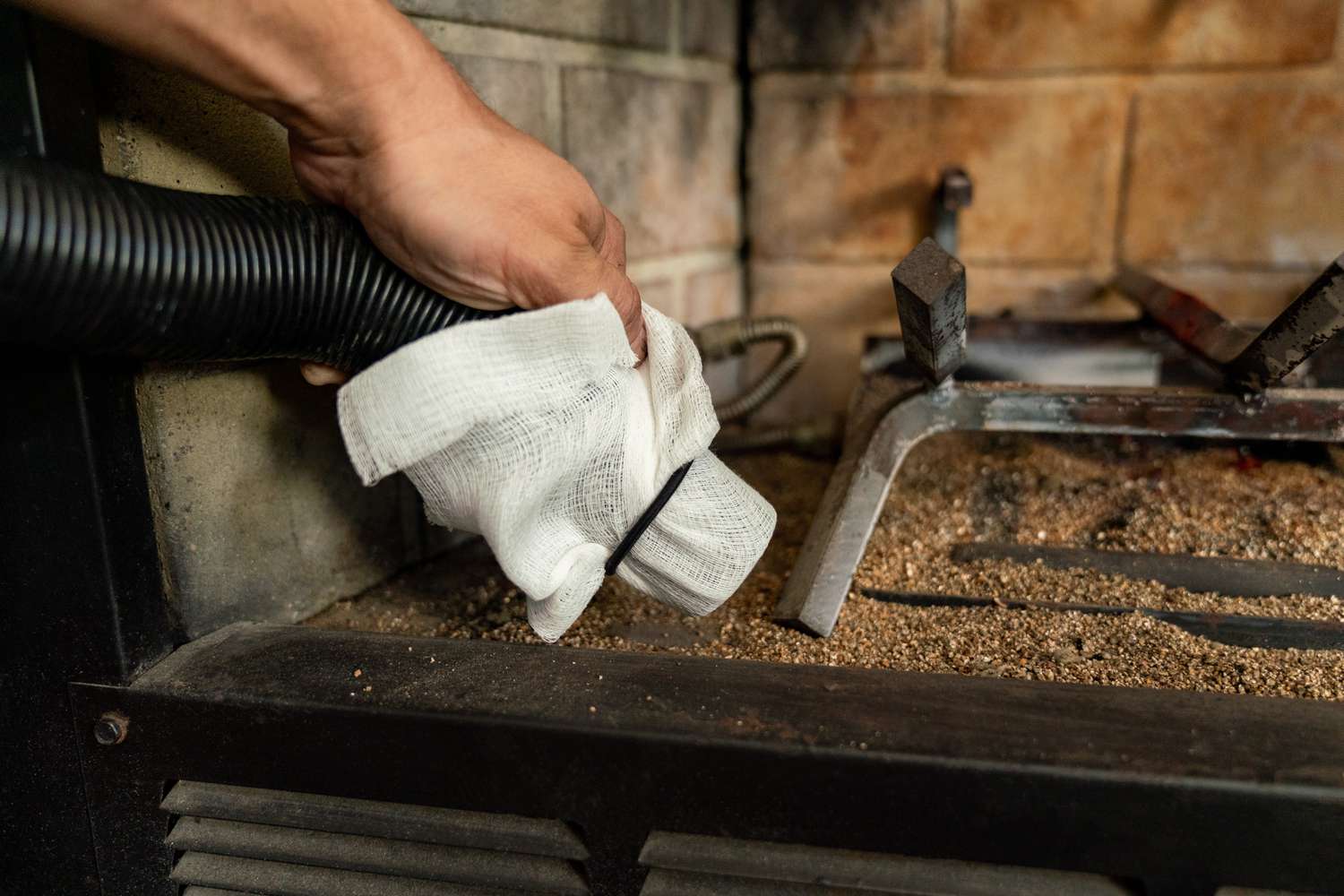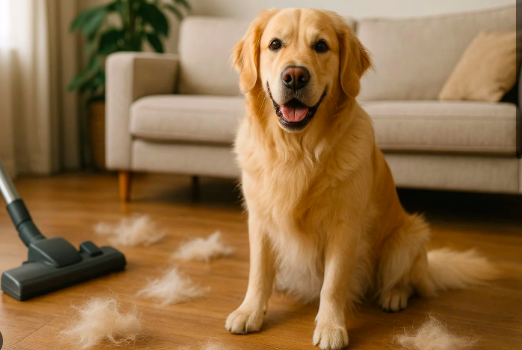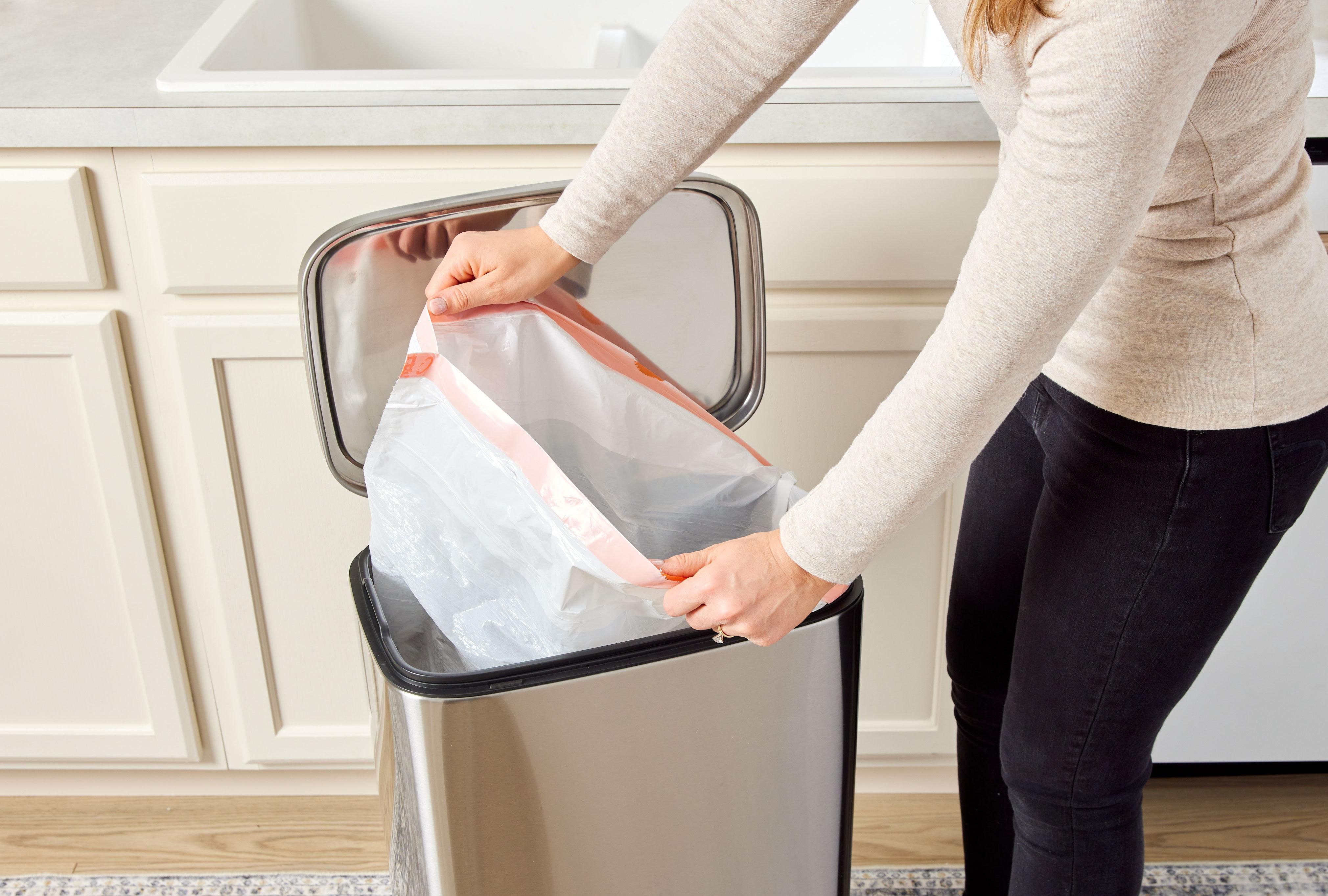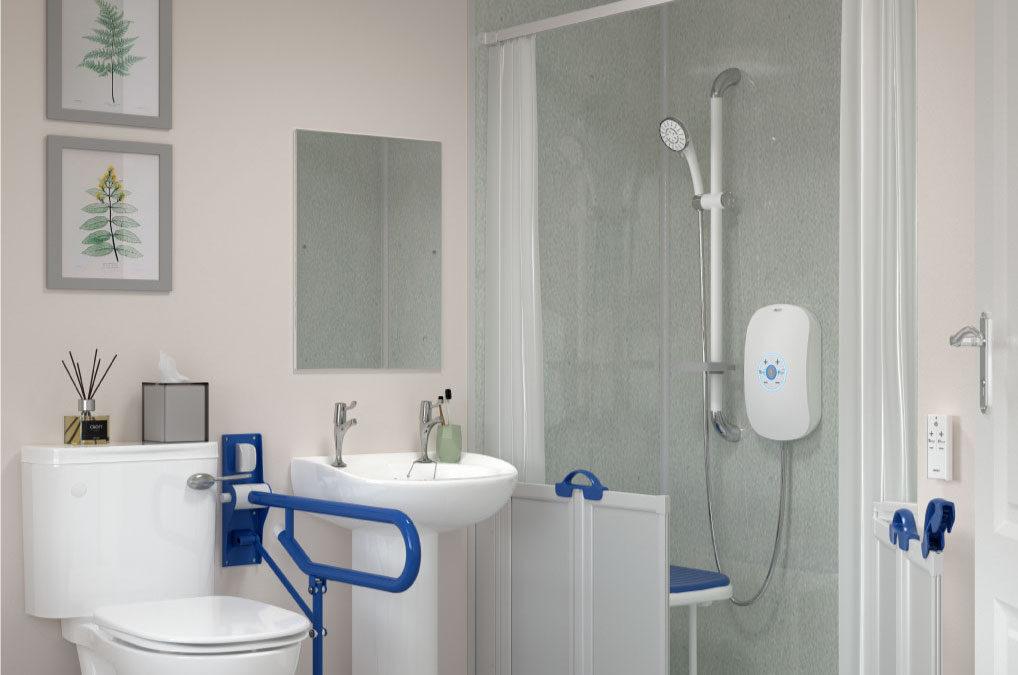A gas fireplace adds beauty, warmth, and comfort to your home. But just like any appliance, it requires regular cleaning and maintenance to keep it safe, efficient, and looking its best. Over time, soot, dust, and residue can build up inside and outside your fireplace, dulling its appearance and potentially affecting performance.
In this detailed guide, you’ll learn how to clean your gas fireplace safely and effectively—from removing buildup on the glass to inspecting key components and keeping the flames burning bright.
Why Cleaning Your Gas Fireplace Matters
A clean gas fireplace not only looks more appealing but also works more efficiently. Dust, soot, and residue can block vents, reduce airflow, and affect the color or size of your flames. Regular maintenance prevents these issues, ensuring your fireplace remains a reliable source of warmth and comfort throughout the year.
In addition, routine cleaning helps you spot signs of wear or damage early, extending your fireplace’s lifespan and reducing repair costs.
Part 1: Cleaning the Individual Components
1. Turn Off the Gas Supply
Before cleaning, always turn off the gas valve connected to your fireplace. This step ensures your safety and prevents gas leaks during maintenance. The valve is typically located on the wall near the fireplace.
After turning it off, allow a few minutes for the gas in the lines to dissipate and wait until the fireplace and its components are completely cool.
2. Brush Off the Gas Logs
Remove the gas logs and take them outside for cleaning. Using a soft paintbrush, gently remove any dust or debris from their surfaces. Be careful not to scrub too hard since the logs are fragile and can crack or chip easily.
While cleaning, inspect the logs for any signs of damage such as corrosion, splitting, or burn holes. Replace any damaged logs before reinstalling them.
When placing them back, ensure each log returns to its original position. The layout is designed to produce optimal flame patterns and proper air circulation.
3. Vacuum the Lava Rocks
If your fireplace includes lava rocks or glass beads, carefully remove them and place them on a towel. Use a vacuum cleaner with a hose attachment to remove dirt and soot buildup.
For small rocks that might get sucked into the vacuum, cover the nozzle with a piece of cheesecloth and secure it with a rubber band. This allows debris to be removed while keeping the rocks safe.
You can also use a soft-bristle brush to remove soot buildup or vacuum around the heat exchanger vents to improve air flow.
Part 2: Cleaning the Fireplace Interior and Exterior
1. Vacuum the Fireplace Interior
Use a vacuum with a hose attachment to clean the inside of the firebox. Focus on corners, vents, and edges where dust tends to gather. To prevent black soot from staining your vacuum, wrap the hose with an old rag and secure it with duct tape.
This step helps eliminate cobwebs, ash, and dust that can affect the look and performance of your fireplace.
2. Clean the Fireplace Glass Cover
The glass front of your gas fireplace can become cloudy due to carbon buildup. Use a fireplace-specific glass cleaner for best results. Spray the cleaner onto a soft cloth and wipe the glass in circular motions.
If the glass is heavily soiled, spray the cleaner directly onto it and wipe using crumpled newspaper. Once it’s spotless, let it dry completely before using your fireplace again.
Avoid standard glass cleaners such as Windex because they may react with the carbon residue and cause damage or discoloration.
3. Wipe Down the Inner Edges
Use a damp microfiber cloth to clean the inner metal edges and surfaces. Avoid using chemical cleaners since they can react poorly to heat or damage finishes. Rinse the cloth regularly to prevent spreading soot and dirt.
4. Clean the Exterior Frame
Dampen a soft cloth with warm water and gently wipe down the exterior frame or surround of your fireplace. Whether the surface is marble, brass, stone, or tile, water is usually sufficient if you clean regularly.
For stubborn stains or heavy soot buildup, mix a few drops of mild dish soap with warm water. Dip a clean cloth into the solution, wring it out, and gently scrub the affected areas until clean.
Part 3: Preventing Damage and Maintaining Your Fireplace
1. Inspect for Wear and Damage Regularly
Make it a habit to inspect your gas fireplace monthly. Check the gasket for cracks or breaks, and ensure there are no blockages in the exterior vent. Outdoor vents often collect leaves, dust, or animal nests, which can obstruct airflow and reduce performance.
2. Follow the Manufacturer’s Instructions
Your fireplace’s owner’s manual provides model-specific care and cleaning guidelines. Always follow these directions to prevent voiding the manufacturer’s warranty and to ensure you’re using the correct methods for your particular fireplace type.
3. Schedule an Annual Professional Inspection
Even with regular cleaning, it’s important to have your gas fireplace professionally inspected once a year. A certified technician will check the ignition system, valves, pressure levels, logs, and venting system to confirm everything is in perfect working order.
Annual maintenance ensures safety, prevents gas leaks, and keeps your fireplace running efficiently through every season.
Final Tips for a Sparkling, Safe Gas Fireplace
-
Clean the glass and logs once a month for consistent performance.
-
Keep flammable materials away from the fireplace area.
-
Inspect the pilot light periodically to ensure steady ignition.
-
Never use abrasive scrubbers or harsh chemicals on any part of your fireplace.
With regular cleaning and attention, your gas fireplace will stay beautiful, safe, and efficient—ready to warm your home whenever you need it most.



